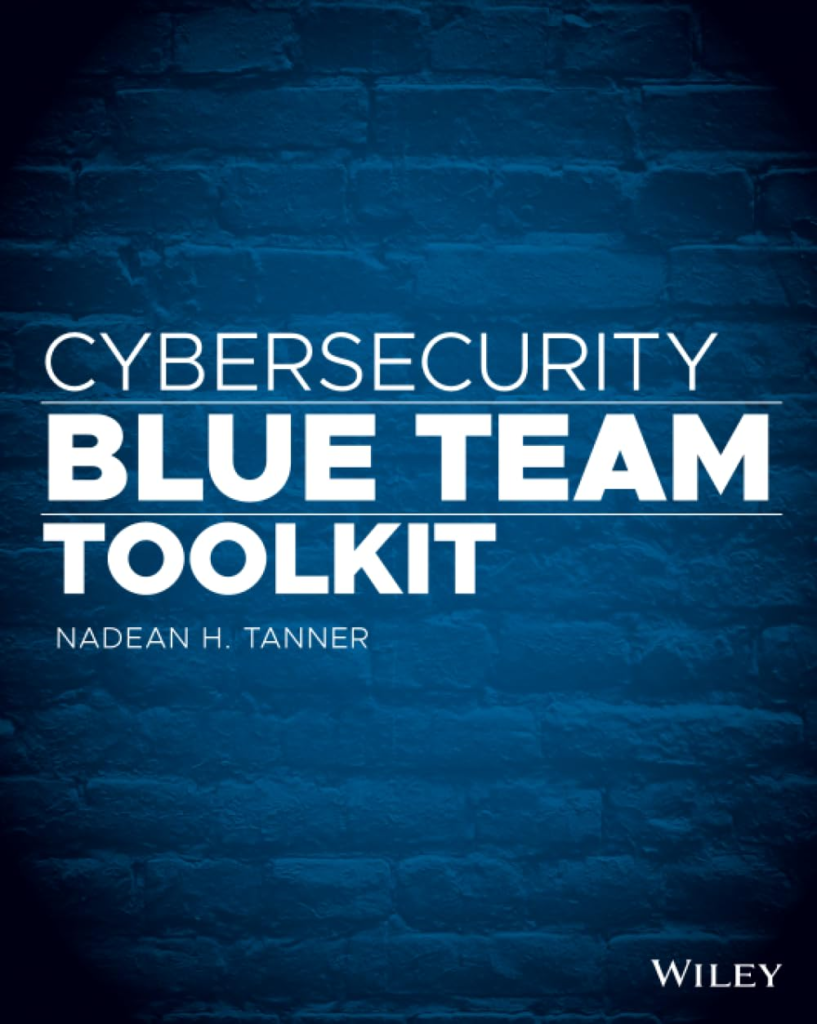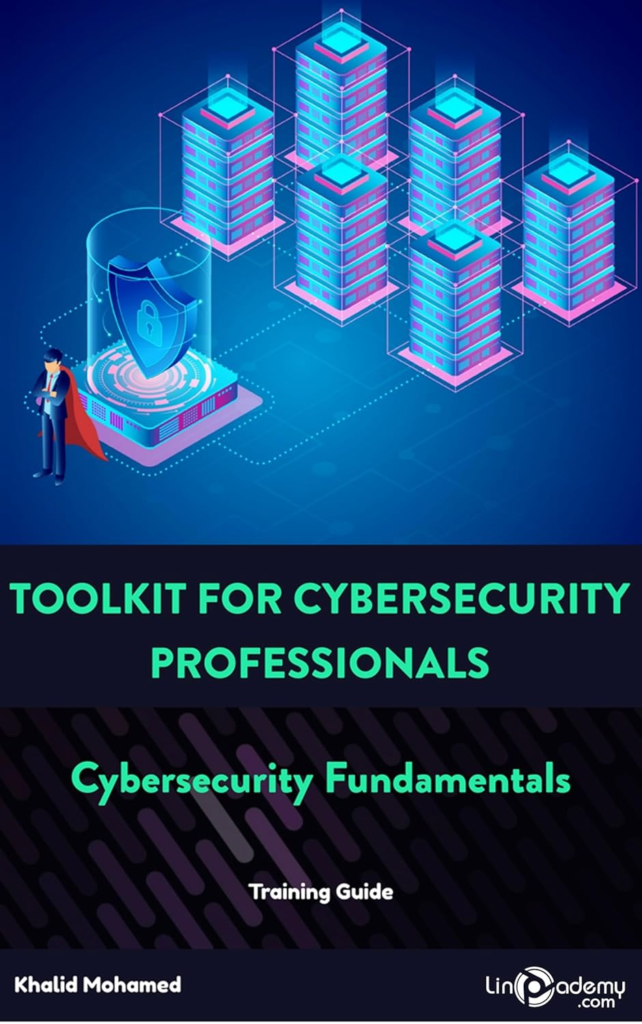Online Shopping Risks
In the rapidly evolving digital landscape, online shopping has become increasingly popular, but it is not without its share of risks. One of the primary concerns for consumers engaging in e-commerce is identity theft. Cybercriminals employ various tactics to steal personal information, such as names, addresses, and Social Security numbers. Once they acquire this sensitive data, they can create fraudulent accounts or make unauthorized purchases, leading to significant financial and emotional distress for victims.
Credit card fraud is another prevalent risk associated with online shopping. Scammers often use compromised credit card information to complete transactions without the cardholder’s consent. Data breaches at retailers, coupled with insecure payment systems, can expose consumers to this threat. Research indicates that a substantial percentage of consumers have experienced credit card fraud while shopping online, which underscores the necessity of safeguarding payment information. Furthermore, the use of less secure payment methods or lack of two-factor authentication can make online transactions even riskier.
Phishing attacks represent another method that cybercriminals utilize to target unsuspecting shoppers. These attacks typically involve fraudulent emails or messages that appear to be from legitimate retailers, enticing victims to click on malicious links. Once clicked, these links can lead to fake websites designed to harvest personal and financial information. Statistics demonstrate that a significant number of online shoppers have encountered phishing attempts, illustrating the prevalence of this issue in the digital marketplace.
The consequences of falling victim to these online shopping threats can be severe, including financial loss, damage to credit scores, and a long, tedious process of identity recovery. Therefore, understanding the various risks associated with online shopping is the first step toward fostering a safer online shopping experience. Awareness and education are crucial elements in mitigating these risks.
(Purchase today by clicking on the image)
Essential Cybersecurity Tools for Safe Shopping
As online shopping continues to grow in popularity, equipping oneself with the right cybersecurity tools has become imperative for ensuring a secure shopping experience. Below are some essential tools that can significantly enhance your online safety.
Antivirus Software: An effective antivirus solution is your first line of defense against malicious software, which can compromise personal information during online transactions. Renowned products like Norton, McAfee, and Bitdefender provide real-time scanning capabilities, detecting and neutralizing threats before they can inflict any damage. Utilizing these programs not only protects against viruses but also ensures that harmful downloads and phishing attempts are flagged, thereby enhancing online shopping security.
Virtual Private Networks (VPNs): VPNs play a critical role in safeguarding your internet connection, particularly when using public Wi-Fi networks. By encrypting your data, VPNs make it nearly impossible for hackers to intercept your sensitive information, such as credit card numbers or login credentials. Reliable services like ExpressVPN, NordVPN, and CyberGhost offer robust encryption methods, ensuring that your online shopping remains secure and private, regardless of the network you are using.
Password Managers: The convenience of online shopping often leads to the creation of multiple accounts, each requiring a unique password. Password managers like LastPass, Dashlane, and 1Password allow users to generate strong, random passwords and store them securely. This not only simplifies the login process but also significantly reduces the risk of password-related breaches as sensitive information is stored in an encrypted vault, making unauthorized access virtually impossible.
Web Browser Security Features: Modern web browsers include built-in security features designed to enhance user safety. For instance, Google’s Chrome has options to alert you to phishing sites, while Mozilla Firefox offers tracking protection. Utilizing these features, along with browser extensions such as HTTPS Everywhere, can further mitigate risks while making purchases online. Regularly updating your browser ensures you benefit from the latest security enhancements, making it an essential tool in your cybersecurity arsenal.
Best Practices for Secure Online Transactions
As online shopping continues to gain popularity, ensuring safe online transactions becomes increasingly vital. One of the fundamental practices is to check whether the website is secure. This can be verified by looking for “HTTPS” in the URL, which indicates that the site encrypts the data exchanged between the user’s browser and the server, providing an additional layer of protection against cyber threats.
Using strong and unique passwords for each online account is another essential practice. A good password should include a mix of letters, numbers, and special characters while avoiding easily guessed information such as birthdays or names. Utilizing a password manager can also assist in maintaining strong, diverse passwords across various platforms, thereby reducing vulnerability to unauthorized access.
Regularly monitoring bank statements is crucial to spot any unauthorized transactions early. Setting up transaction alerts can also enhance security, allowing consumers to receive immediate notifications of purchases made using their accounts. This proactive measure helps in identifying any suspicious activity and taking timely action, should it occur.
Furthermore, recognizing phishing scams plays a pivotal role in safeguarding sensitive information. Phishing attacks often mimic legitimate sources, such as banks or online retailers, in an attempt to deceive users into providing personal information. It is advisable to avoid clicking on links or downloading attachments from unknown sources.
Practical tips to enhance online security include refraining from sharing sensitive personal information like Social Security numbers unless absolutely necessary. Moreover, enabling two-factor authentication (2FA) where available adds an extra layer of security by requiring not only a password but also a second form of verification.
Adhering to these best practices can significantly minimize risks when conducting online transactions, fostering a safer shopping experience in the digital marketplace.
What to Do if You Fall Victim to Online Fraud
Experiencing online fraud or identity theft can be distressing, but taking immediate action is crucial to mitigate damages. If you suspect that you have fallen victim to such malicious activities, the first step is to gather all pertinent information related to the incident. This includes keeping records of any fraudulent transactions, suspicious emails, and communications, which will facilitate your reporting process.
Next, it is imperative to report the incident to the appropriate authorities. In many countries, this means contacting your local law enforcement agency and filing a report. Additionally, report the fraud to national consumer protection agencies or online platforms designed to handle cybercrime. For instance, in the United States, the Federal Trade Commission (FTC) provides a platform for reporting identity theft. Filing a report can not only aid in your case but also contribute to broader efforts to combat online fraud.
Recovering lost funds can be complex but is an essential aspect of addressing online fraud. Contact your bank or credit card issuer immediately to report any unauthorized transactions. Many financial institutions have fraud departments that can help you recover lost money and monitor accounts for additional suspicious activities. Furthermore, consider placing a fraud alert on your credit reports, which can make it challenging for fraudsters to open new accounts in your name.
Restoring compromised accounts is another important step. Change passwords for your online accounts, especially those linked to financial information, and enable two-factor authentication wherever possible. This additional security layer greatly enhances the protection of your accounts. It is also advisable to monitor your financial statements and credit reports regularly for any unusual activities.
To prevent future occurrences of online fraud, invest in security software and stay informed about common scams. Being proactive about cybersecurity hygiene, such as using strong passwords and reviewing online transactions, is vital. Through awareness and vigilance, you can protect yourself not only from immediate threats but also from potential future risks.
(Purchase today by clicking on the image)






